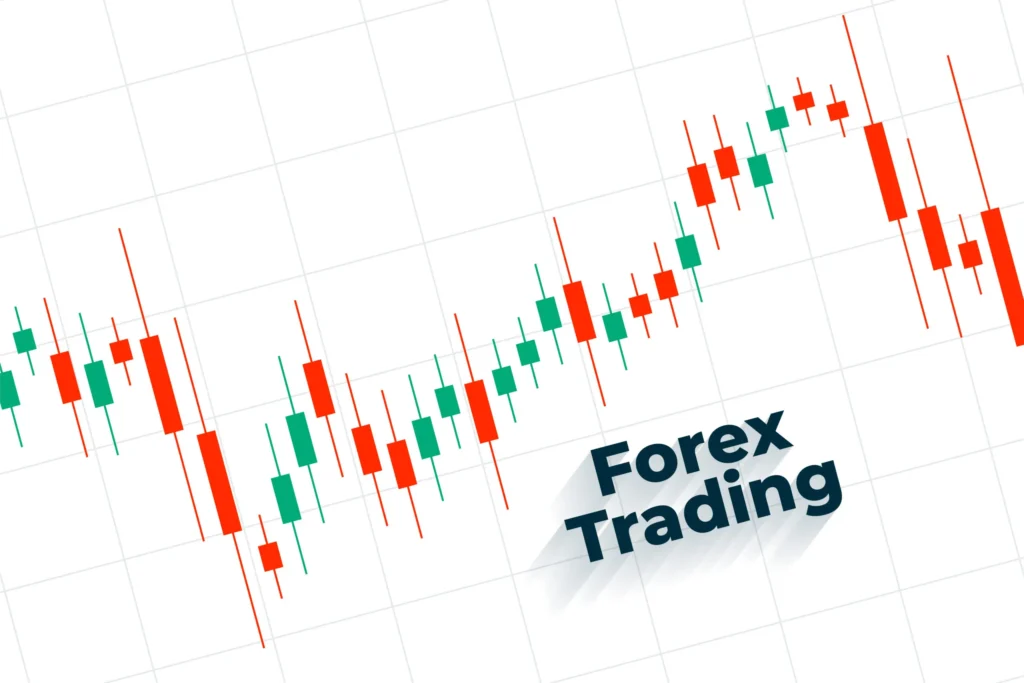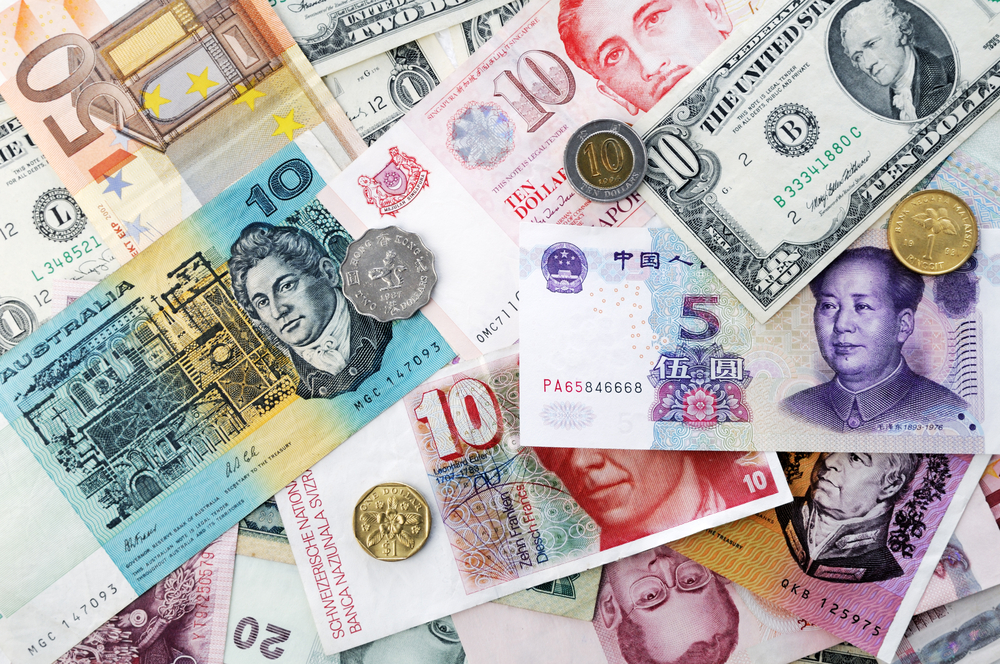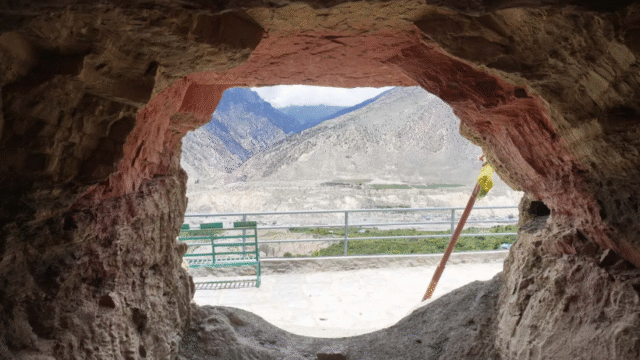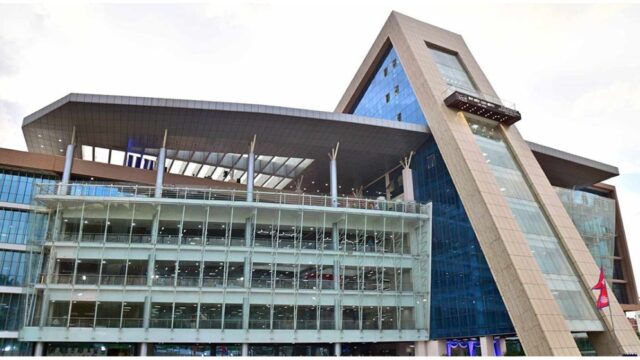Nepal Rastra Bank (NRB), the central bank of Nepal, has officially released the foreign currency exchange rates for today, providing a crucial benchmark for financial institutions, traders, and the general public. According to the NRB’s daily bulletin, the exchange rates for major international currencies have been determined based on current global market trends and domestic demand.
As per the new rates published by the central bank, the buying rate for one US dollar stands at NPR 134.89, while the selling rate is fixed at NPR 135.49. This continues to place the US dollar as the most influential foreign currency in Nepal’s financial transactions, especially in import and remittance-related activities.
Similarly, the European currency, the Euro, has been pegged at NPR 153.46 for buying and NPR 154.49 for selling. The British Pound Sterling also remains strong in the Nepali market, with a buying rate of NPR 180.27 and a selling rate of NPR 181.08. In the context of other European currencies, the Swiss Franc is being traded at a buying rate of NPR 163.56 and a selling rate of NPR 164.29.

From the Asia-Pacific region, the Australian Dollar’s buying rate has been determined at NPR 86.26 and its selling rate at NPR 86.64. Likewise, the Canadian Dollar is being exchanged at NPR 97.54 for buying and NPR 97.73 for selling. The Singapore Dollar has a buying rate of NPR 103.27 and a selling rate of NPR 103.73, reflecting its steady standing in the South Asian market.
Moving to other Asian currencies, the Japanese Yen, often used in large international business transactions, has been set at NPR 9.44 for buying and NPR 9.48 for selling for every 10 units. The Chinese Yuan, another key regional currency with rising importance in Nepal-China trade, is being exchanged at NPR 18.56 for buying and NPR 18.65 for selling. Meanwhile, the Saudi Arabian Riyal is being traded at NPR 35.96 for buying and NPR 36.12 for selling, and the Qatari Riyal is set at NPR 37.01 and NPR 37.17 respectively.

According to the NRB, other regional currencies such as the Thai Baht are pegged at NPR 4.03 for buying and NPR 4.05 for selling. The UAE Dirham stands at NPR 36.72 and NPR 36.89 respectively, while the Malaysian Ringgit has a buying rate of NPR 31.26 and a selling rate of NPR 31.40. The South Korean Won, per 100 units, is valued at NPR 9.49 for buying and NPR 9.53 for selling.
Scandinavian currencies also feature in the exchange list. The Swedish Krona is valued at NPR 14 for buying and NPR 14.06 for selling, while the Danish Krone is fixed at NPR 20.56 and NPR 20.65 respectively. These currencies are particularly relevant for remittance and tourism sectors.
The Hong Kong Dollar is pegged at NPR 17.39 for buying and NPR 17.47 for selling, reflecting modest fluctuations in the East Asian financial corridor. In the Middle Eastern segment, the Kuwaiti Dinar, considered one of the highest-valued currencies in the world, is trading at NPR 440.26 for buying and NPR 442.21 for selling. Likewise, the Bahraini Dinar has been valued at NPR 357.81 for buying and NPR 359.40 for selling, and the Omani Riyal stands at NPR 350.37 and NPR 351.93 respectively.

The Indian Rupee, which has deep economic ties with Nepal, remains a critical component in the foreign exchange structure. Today, the rate for INR 100 has been fixed at NPR 160 for buying and NPR 160.15 for selling. This figure is closely monitored as the Indian currency is widely used in trade, cross-border commerce, and by the general public in border areas.
Nepal Rastra Bank has clarified that these rates are subject to change based on economic requirements and fluctuations in the international currency market. The central bank also stated that the listed rates might differ slightly from those offered by commercial banks, which may set their own exchange rates based on NRB guidelines. For the most accurate and up-to-date information, the public is advised to visit the official website of the Nepal Rastra Bank, where the latest exchange rates are regularly published.
With foreign exchange playing a pivotal role in Nepal’s economy impacting everything from remittances and imports to tourism and foreign debt payments today’s update serves as a vital reference point for stakeholders across various sectors. Whether for businesses, banks, importers, or individuals planning international travel, the daily foreign exchange rates from Nepal Rastra Bank ensure financial transparency and guidance amidst fluctuating global markets.






